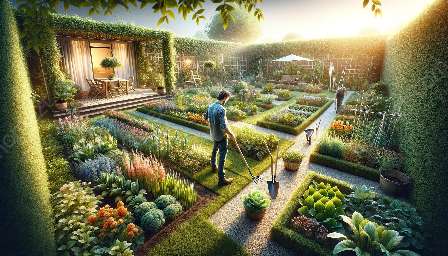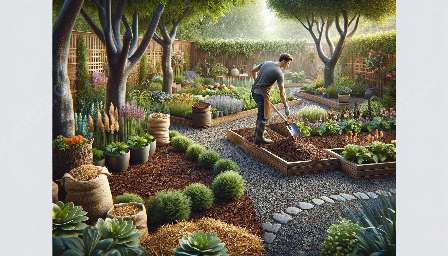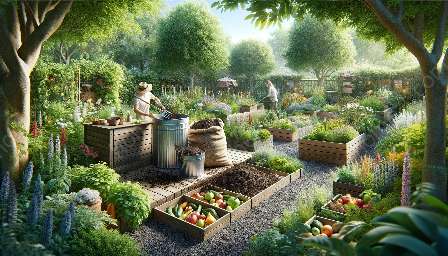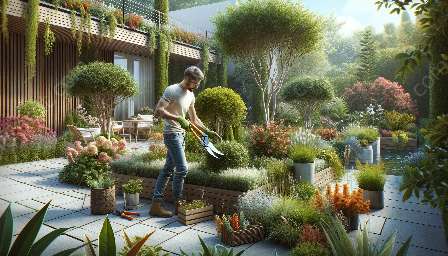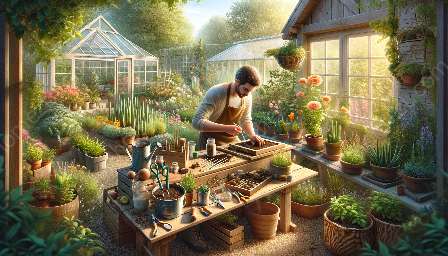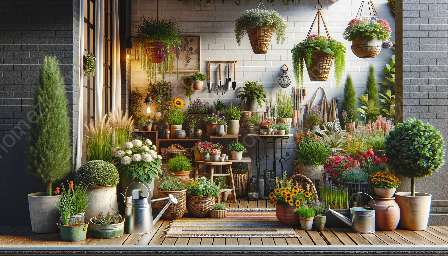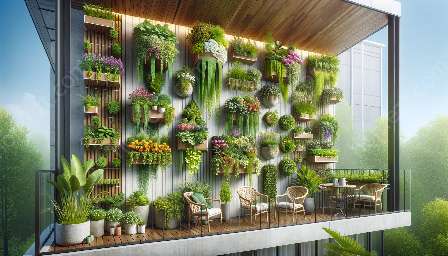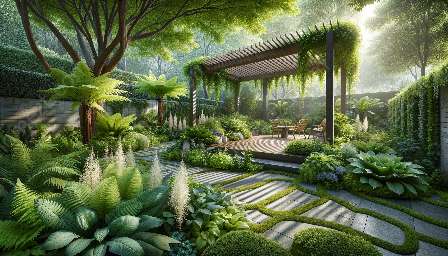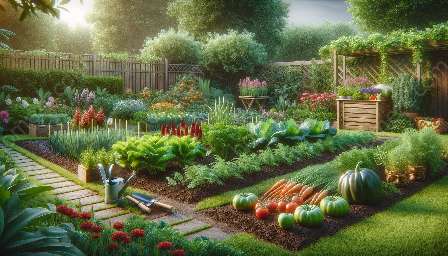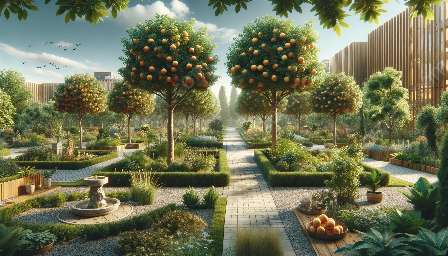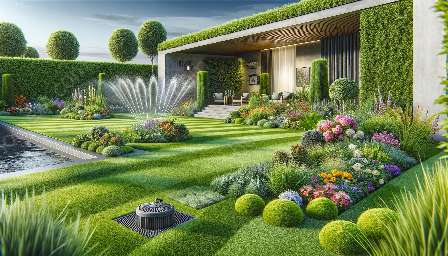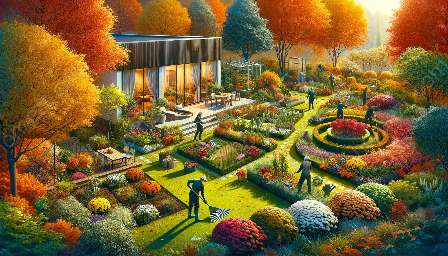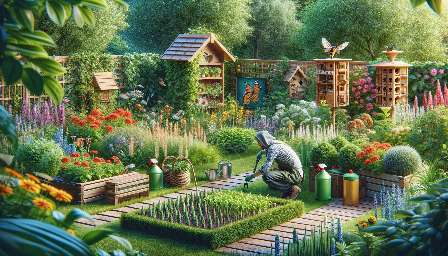As gardening enthusiasts, we are always seeking new ways to nurture our plants and create beautiful outdoor spaces. One popular and efficient method is raised bed gardening, which combines gardening basics with landscaping to create a harmonious and bountiful garden. In this comprehensive guide, we will delve into the intricacies of raised bed gardening, exploring its benefits, techniques, and integration with traditional gardening and landscaping practices.
The Advantages of Raised Bed Gardening
Raised bed gardening offers numerous benefits for both novice and experienced gardeners. With raised beds, you can easily customize the soil composition, ensuring optimal growing conditions for your plants. The elevated structure also promotes better drainage and prevents soil compaction, leading to healthier root development and improved plant growth.
Furthermore, raised beds provide better accessibility, making gardening tasks such as planting, weeding, and harvesting more convenient and ergonomic. This accessibility is especially beneficial for individuals with physical limitations, allowing them to enjoy the therapeutic benefits of gardening with less strain.
Another advantage of raised bed gardening is its ability to extend the growing season. The elevated soil warms up more quickly in the spring, enabling earlier planting, while the improved drainage prevents waterlogged roots, which can be detrimental to many plants.
Essential Elements of Raised Bed Gardening
When embarking on a raised bed gardening journey, it's essential to consider several key elements to ensure success. The first step is selecting an appropriate location for your raised beds. The chosen area should receive adequate sunlight and have a level surface to support the beds.
Next, you'll need to construct or purchase the raised bed frames. These can be made from various materials such as wood, stone, or composite materials. Each material has its own aesthetic appeal and durability, so choose based on the look and longevity you desire for your garden.
Soil quality is paramount in raised bed gardening. You'll want to fill the beds with a well-balanced, nutrient-rich soil mixture to support plant growth. Consider adding organic matter and compost to enhance soil fertility and biological activity.
Furthermore, proper irrigation is crucial for raised beds. Whether using soaker hoses, drip irrigation, or watering by hand, it's important to maintain consistent moisture levels to support healthy plant growth without waterlogging the soil.
Integrating Raised Bed Gardening with Gardening Basics
Raised bed gardening seamlessly integrates with fundamental gardening practices, offering a new dimension of creativity and control. By incorporating raised beds into your garden design, you can diversify your planting options, experiment with different soil types, and efficiently manage microclimates.
Additionally, raised beds provide an ideal platform for companion planting and crop rotation, essential aspects of traditional gardening that contribute to a balanced ecosystem and pest management.
Furthermore, the raised bed structure allows for better monitoring and management of soil health and fertility, fostering a more sustainable and resilient garden environment.
Enhancing Landscaping with Raised Bed Gardens
Integrating raised bed gardens into your overall landscaping plan can elevate the aesthetics and functionality of your outdoor space. The structured design of raised beds adds visual appeal and can be tailored to complement the existing landscape elements.
By incorporating raised beds into your landscaping, you have the flexibility to introduce a variety of plant heights, textures, and colors, creating dynamic and visually stimulating garden beds that enhance the overall beauty of your landscape.
Moreover, elevated garden beds can serve as natural barriers or focal points within your landscaping, adding depth and interest to the overall design.
Cultivating a Thriving Garden with Raised Beds
By embracing the art and science of raised bed gardening and seamlessly integrating it with gardening basics and landscaping principles, you can cultivate a flourishing garden with enhanced productivity and visual appeal. The synergy between raised bed gardening, traditional gardening, and landscaping creates a harmonious and sustainable outdoor oasis for both you and nature to enjoy.


